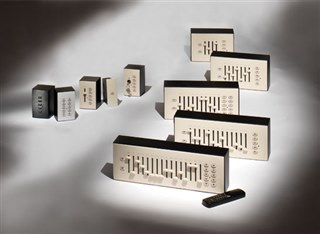I'm kicking around ideas in my head about how to update a system, wanted to bounce some ideas around here:
I'm looking at a system where there are some CEM+ racks that get updated to CEM3, there is an existing Paradigm, an Element 500-60, and some work lights that aren't part of either system. There's also a dressing room that I'm thinking of putting on an Echo System, but it's flexible.
One of the sticking points I'm looking at, is let's say there is at least for sure the Echo system for the Dressing Rooms, and let's pretend it is networked with Paradigm over the Expansion Bridge.
If one of the goals is to have a new button station at the entrance of the theater with both controls for the Worklights and the Sensor Racks to recall some looks, which would be best? I'm going to rank the current Ideas based on merits, and posting any other questions or thoughts:
Using Paradigm sACN to snapshot levels from the Console to be recalled by the button stations.
This calls for having the console setup with the looks we want programmed. which we already do using faders from the designer's plot. Then using our Qlab Mac, we connect to the Paradigm and record each of the Sub looks to a Preset recalled from the button station.
Seems to be very straightforward, but needs the most configuration from an ASP. The other downside is using DMX out of Paradigm to control a relay for the worklights that is only controlled by Paradigm. Or is that a feature?
Echo Recall of Sensor 3 Presets?
This system could use an Echo relay, talk to the Sensor rack over Echo Bus. And in theory, the Sensors 3 Rack can still be programmed the same way, with signal from the console recording a preset in the Dimmers, that gets recalled by the Echo buttons.
The advantage here being that aside from the upgrade, the installation of Echo bus and button stations can be handled from the Booth, and the Paradigm, not being affected can continue doing what it does. We could simply use the Echo Bridge for connecting both the Stage and the Dressing Rooms, and for setting up the system over Echo Access.



